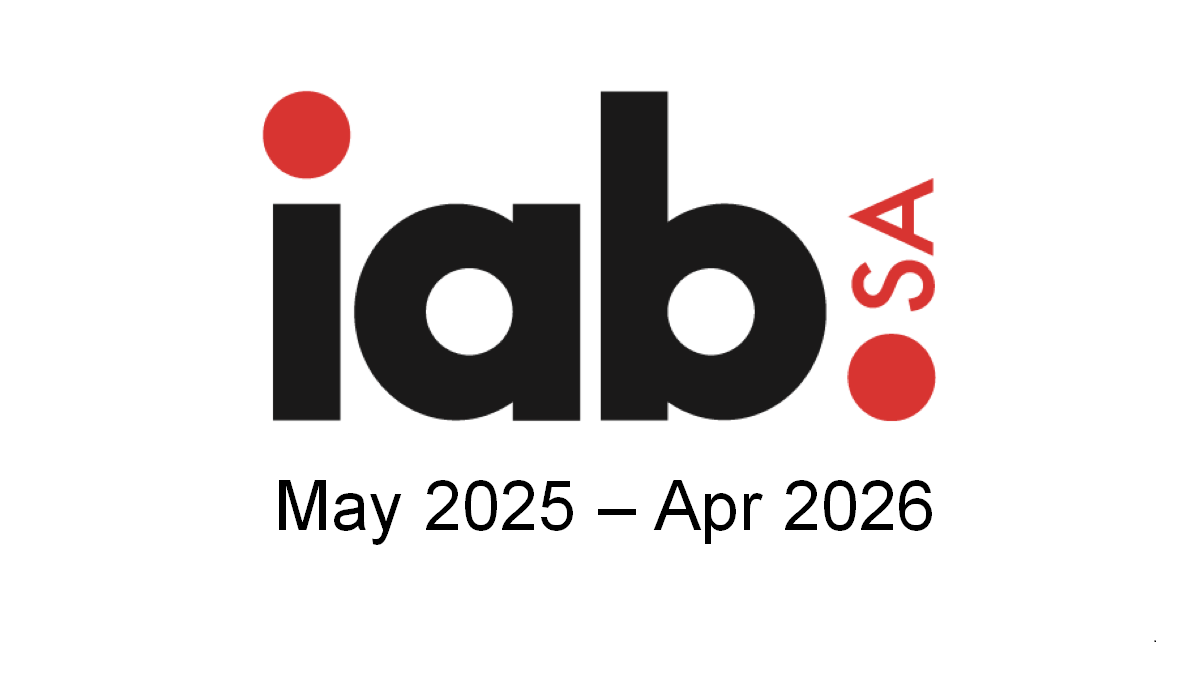Green hydrogen could drive new economic vision
Pursuing new frontiers of investment and untapped areas of our economy is an avenue to rebuild our economy and create new jobs. These new industries have the potential to
reshape the contours of economic development and construct an inclusive economy.
As part of our Economic Reconstruction and Recovery Plan, we are exploring new sources of growth. One such new sector with the potential to revolutionise our economy is the green hydrogen economy. In his 2022 state of the nation address, President Cyril Ramaphosa singled out this new frontier and the opportunities it presents. “We also have a unique opportunity in green hydrogen, given our world-class solar and wind resources and local technology and expertise,” he said. Green hydrogen is produced by splitting water through electrolysis into hydrogen and oxygen using renewable electricity.
It is known as the fuel of the future as it can be transformed into electricity or synthetic gas. According to the South Africa Hydrogen Valley report, the hydrogen economy could add between $3.9-billion and $8.8-billion to the country’s GDP by 2050. The green hydrogen export market is predicted to be worth more than R4.6-trillion per annum by 2050. Importantly, it is estimated that our green hydrogen sector can create between 14 000 and 30 000 jobs per year. These jobs will be available across the whole hydrogen value chain in water resources management, platinum mining, electrolyser development, storage, transport and pipeline industries. South Africa is well positioned to become a global player in the green hydrogen industry with its endowment of renewable energy as well as platinum and iridium, which are used as catalysts in the electrolysis process. These new frontiers of growth such as green hydrogen are highly sought after by the private sector. In many instances, private sector companies are willing to invest their capital, infrastructure and technology expertise. This complements the new consensus we are advancing in our economy, which embraces
our shared responsibility to one another and acknowledges that we are all in this together.
It recognises that the state must create an environment in which the private sector can invest. President Ramaphosa said: “The key task of government is to create the conditions that will enable the private sector – both big and small – to emerge, to grow, to access new markets, to create new products, and to hire more employees.” In creating the environment for the green hydrogen sector to flourish, the government has over the past year built on its successful implementation of the Hydrogen SA strategy to position
South Africa as a global leader in this new market. This includes the development of a Hydrogen Society Roadmap for the next 10 years as well as a Green Hydrogen Strategy for the Northern Cape, supporting the development of a green hydrogen pipeline worth
around R270-billion. We are setting up the Boegoebaai hydrogen power project in the Northern Cape’s Special Economic Zone.
The province has signed a memorandum of agreement with Sasol to explore the potential of Boegoebaai as an export hub for green hydrogen and ammonia. This project will fast track our country’s entry into the global hydrogen sector as it has the potential to produce at least 400 kilotons of hydrogen every year. It will also create more than 6 000 jobs and advance women’s empowerment by sourcing green hydrogen from a new women-led company called Mahlako. The project is supported through grant funding of up to R700-million by the German development agency GIZ. Our vision is to create a Hydrogen Valley in Johannesburg in Gauteng, Durban in Kwa-Zulu Natal and Mogalakwena in Limpopo. The Department of Science and Innovation, in partnership with the private sector, is exploring pilot projects that contribute to the launch of the Hydrogen Valley. Since this is a new industry, it would require the building of new infrastructure such as fuel cell production facilities, storage, and transport pipelines. Over and above the economic spin-offs, green hydrogen is an alternative to fossil fuels. Through the use of renewable energy in its production, green hydrogen has no greenhouse gas emissions, which will assist our country to meet its climate change commitments. In future, this clean energy could serve as the primary energy for heating, fuel and transport.
It also has the potential to play a major role in decarbonising intensive energy sectors
like aviation, steel and cement industries and heavy duty transport and maritime sectors.
For this reason, global green hydrogen demand could reach 530 million tonnes by 2050, displacing roughly 10.4 billion barrels of oil equivalent. South Africa is doing all it can to develop the green hydrogen sector as it wants to be at the forefront of this clean energy.
As we develop new frontiers of growth, we will draw more South Africans into employment
and place our country on a new economic trajectory.
• Nzimande is Minister of Higher Education, Science and Innovation



